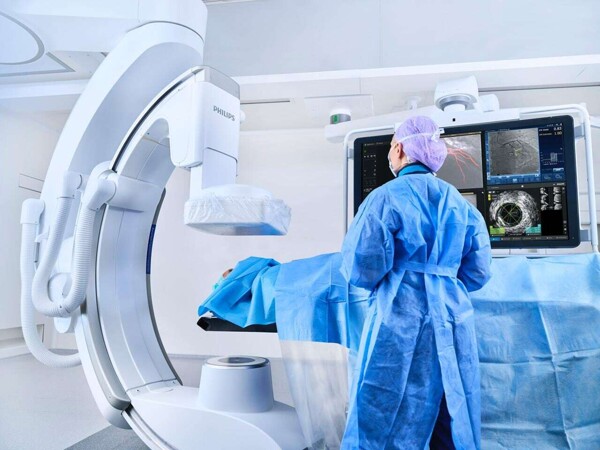
During the government of Andrés Manuel López Obrador, the Mexican economy experienced a notable slowdown, initially affected by the change of regime and later by the impact of the COVID-19 pandemic. In the period from 2019 to 2024, the accumulated GDP growth was 5.5%, the lowest since 1983 to 1988, when it was 3.1%, according to seasonally adjusted figures.
In comparison with previous administrations, the accumulated growth during López Obrador's government has been the lowest since 1988. With Ernesto Zedillo, it was 20.5%, and with Carlos Salinas de Gortari, it was 26.9%. Currently, the estimated value of Mexico's GDP is around 25.3 trillion pesos, and it is projected to reach 28 trillion pesos by 2028, according to INEGI and the International Monetary Fund.
The per capita GDP for the end of this year is expected to be 192,087 pesos, slightly higher than the 191,885 pesos of 2018, when AMLO's six-year term began. By 2029, per capita GDP is estimated to reach 204,123 pesos, with a population of 137.2 million inhabitants in Mexico. The slowdown associated with the change of administration translates into an accumulated growth of 1.7% by the third quarter of 2024.
In contrast, previous administrations such as that of Enrique Peña Nieto showed an accumulated GDP growth of 11.6%, with Felipe Calderón at 8.6% and Vicente Fox at 12.3%. In the past, GDP growth exhibited stronger rates, revealing the marked difference with the current performance of the Mexican economy.














